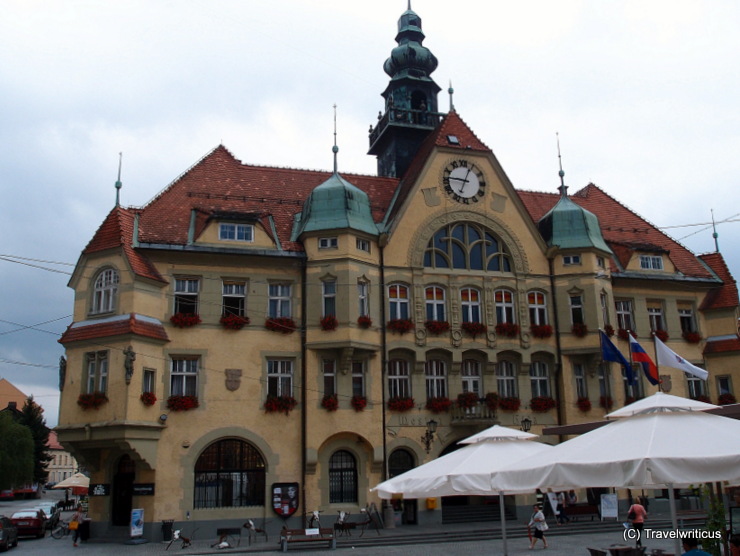
Architect Max Freiherr von Ferstel built the New Town Hall of Ptuj from 1906 to 1908. Max Ferstel is the son of Heinrich Freiherr von Ferstel, known for numerous buildings in Vienna in the style of historicism.
Neuhaus Palace in Paderborn
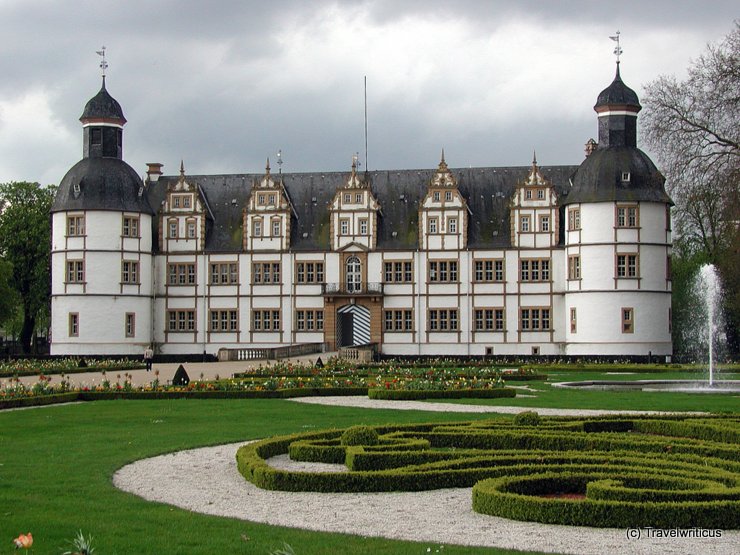
Schloss Neuhaus in Paderborn is a palace in the style of Weser Renaissance. The adjoined park formed the venue of a State Garden Show in 1994. As a result, visitors experience a relaxing walk on still splendid castle grounds.
Templar Sacral Room
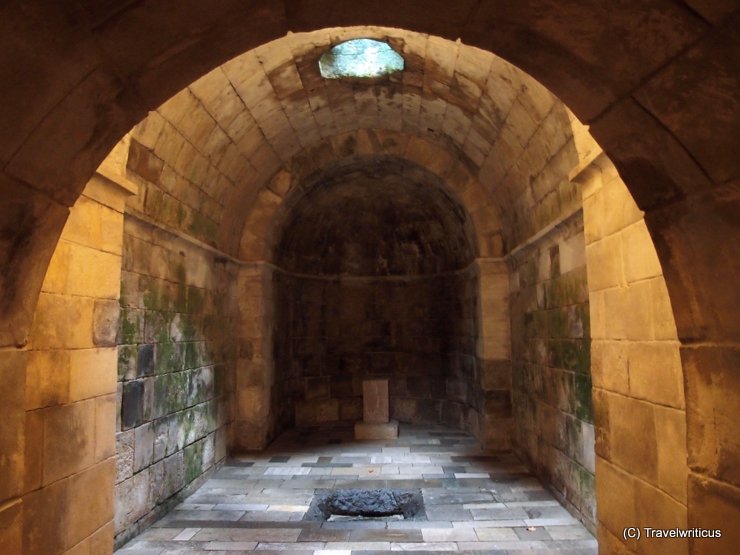
After walking through the Templar Museum at Lockenhaus Castle, you should also visit this mysterious room. It is supposed to have been a sacred site of the Templars. Other voices say it was just a cistern.
Gate of Holy Mother in Jihlava

The Gate of Holy Mother (Brána Matky Boží) is the only one preserved from five medieval town portals in Jihlava. Its remarkable Renaissance crest was an add-on from 1564. Inside the gate, you’ll find an exhibition about the history of the Jihlava Fortress.
Manhole cover in Rostock
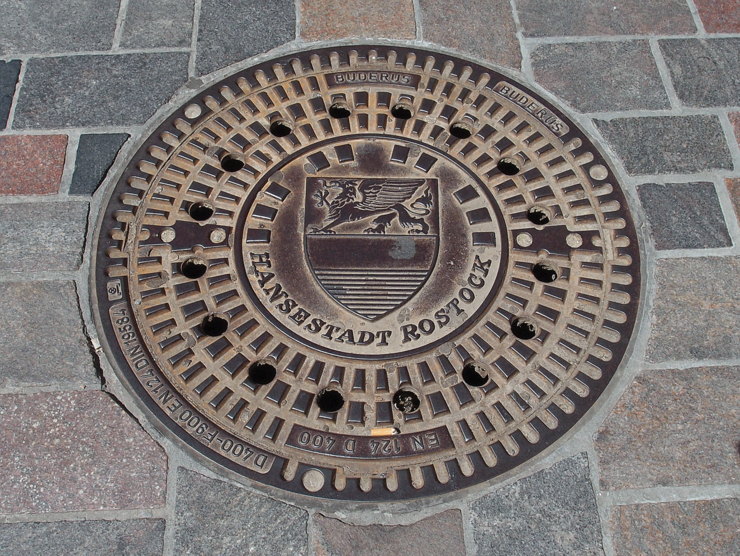
The manhole covers in Rostock display the coat of arms of the city. The coat of arms dating back to 1367 depicts a golden griffin of a blue field (representing the former princes of Rostock) with bars of silver and red (the colours of the Hanseatic League).
Lake Zell in Pinzgau
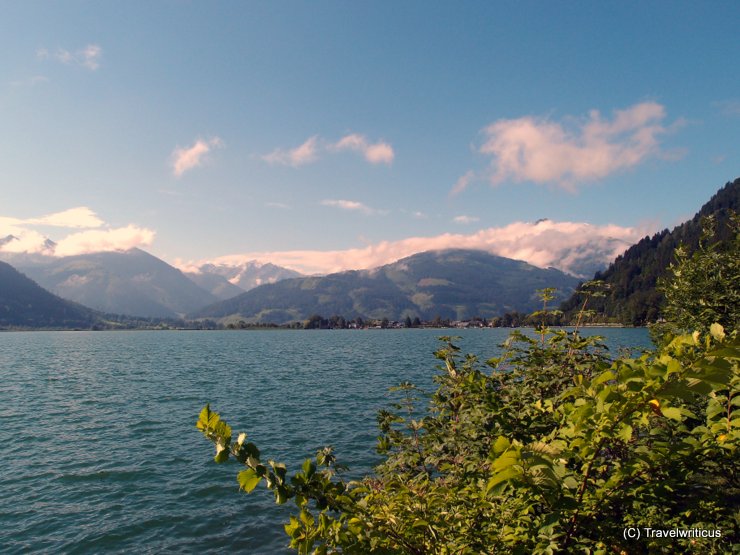
Right next to the railway station of Zell am See, you have this view of the Zeller See (Lake Zell) and the mountains nearby. Though the lake is large, it completely freezes in winter and is used for winter sports.
Knin Fortress in Croatia
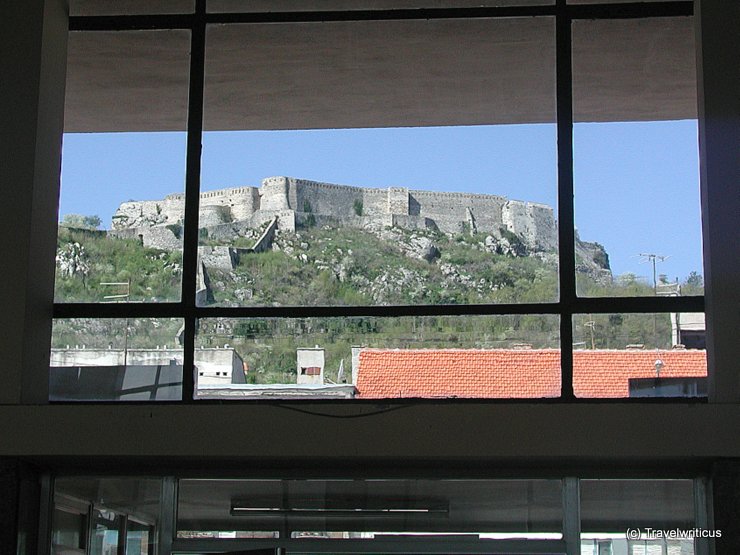
Knin Fortress is considered the second-largest fortress in Croatia. Its construction started in the 9th century. Today, you see it in a state brought up in the 17th and 18th centuries. In one of its buildings, you find the Knin Museum.
Hohenzollern Castle Heiligendamm
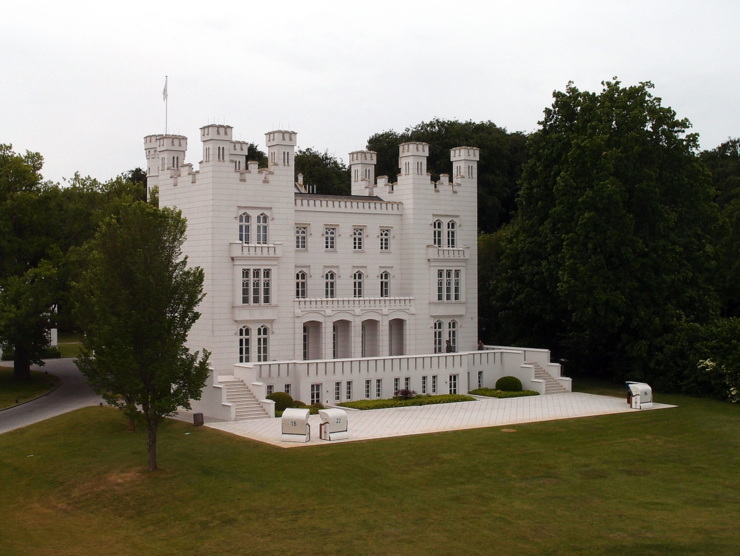
Hohenzollern Castle in Heiligendamm is more a guest residence than a castle. Grand Duke Paul Friedrich commissioned the building to accommodate his noble guests. It saw its completion in the 1840s.
21er Haus in Vienna
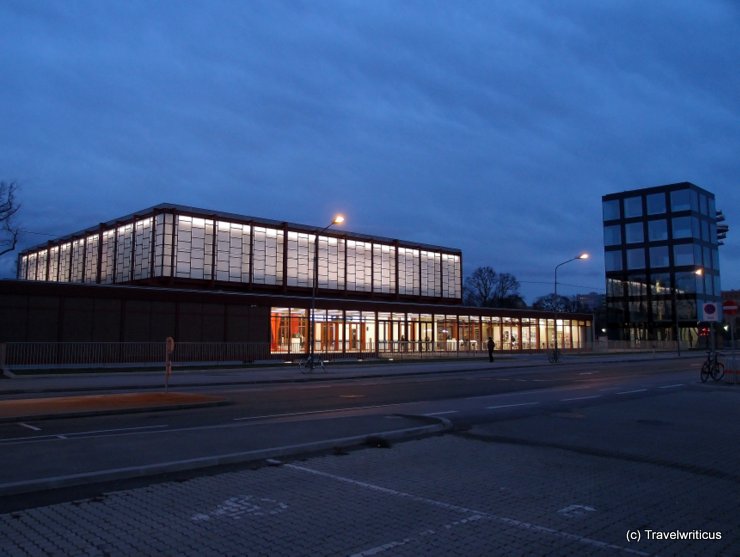
This exhibition hall for contemporary art stands near the Wiener Hauptbahnhof (Vienna Central Station). First, it was named 20er Haus. After its remodelling from 2009 to 2011, its name changed to 21er Haus, reflecting the new century.
Budapest Keleti Station

The Budapest Keleti pályaudvar railway station (abbreviated as Keleti pu) is the most important of the three major international stations in Budapest. It was built between 1881 and 1884 by János Feketeházy (railway engineer) and Gyula Rochlitz (architect).
Cathedral of Halle (Saale)

The church was constructed by the mendicant order of the Franciscans. That explains why there is no tower. Even though it isn’t a real cathedral, the people of Halle still call it a Dom (Cathedral).
Tramcar GM 100 in Gmunden
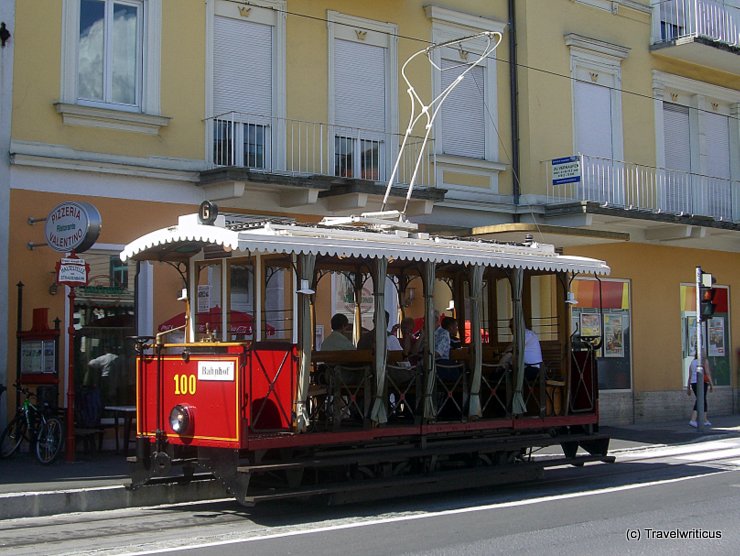
There is still a tramway running in the Austrian city of Gmunden. One of the tramcars is even moren than 100 years old. On several days a year this GM 100 dating back to 1898 is on your service.